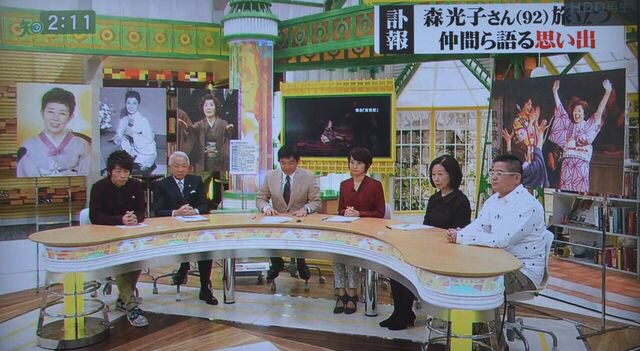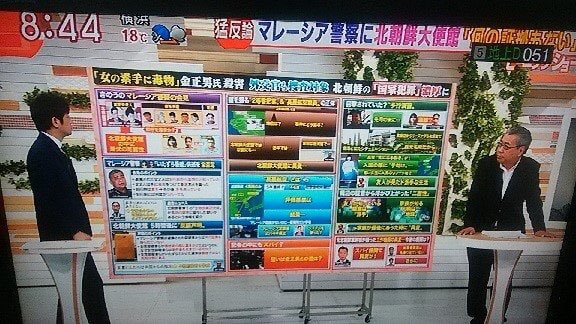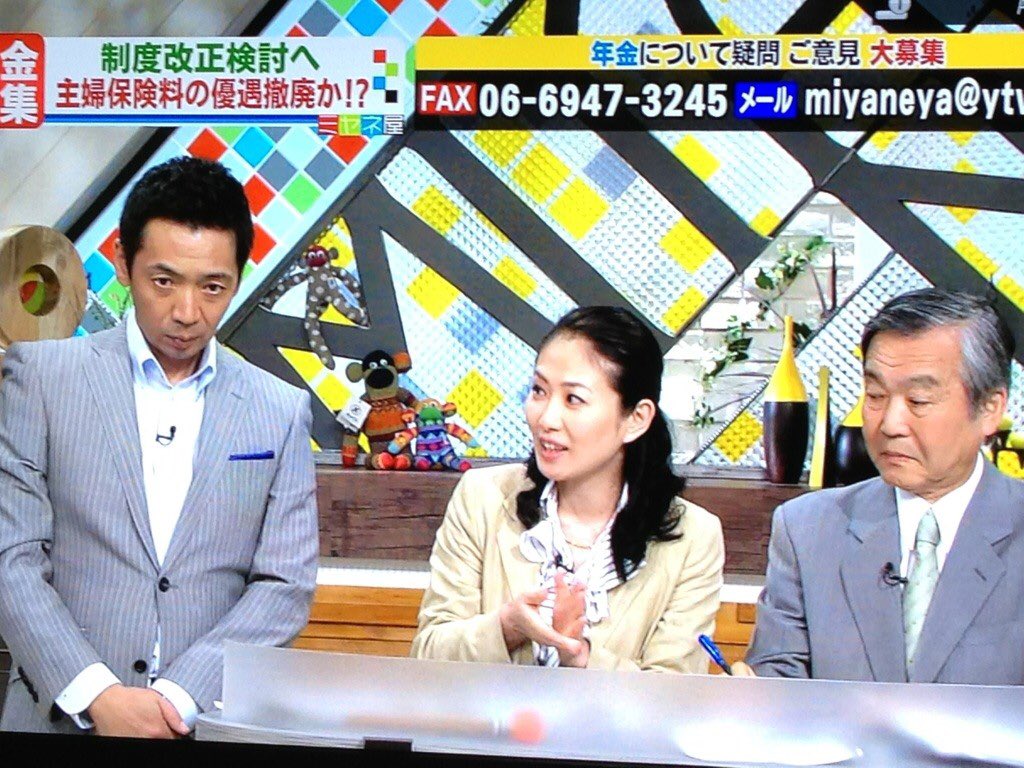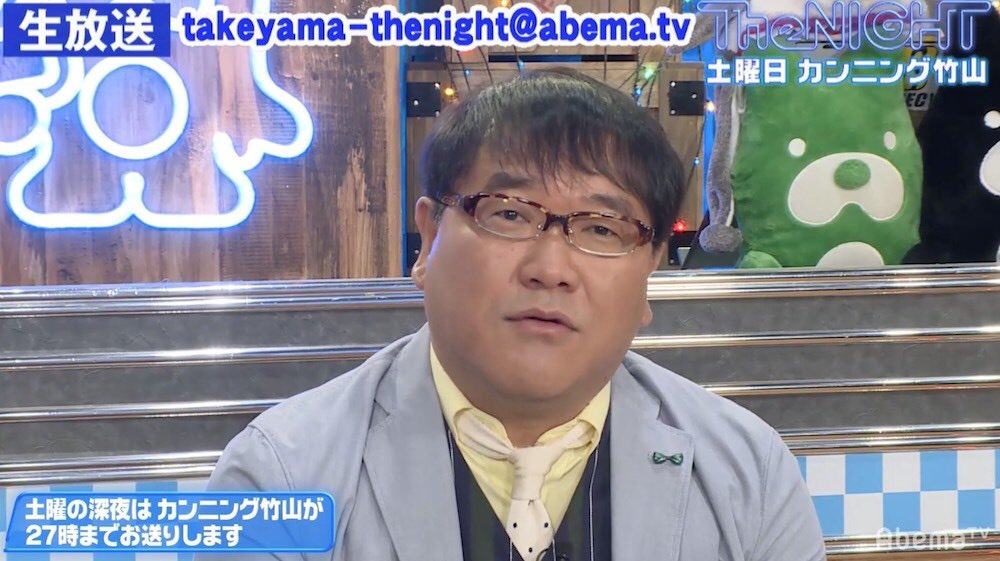So what is a “wide show”? It is a Japanglish word which means a TV show that covers a wide variety of topics. 1/ https://twitter.com/makiwi/status/1319638095000731651">https://twitter.com/makiwi/st...
Wide shows take up most of the daytime programming on weekdays between 8am and 3pm on the commercial networks (there are a few on weekends too). They usually consist of a panel of people discussing everything from politics to the latest celebrity gossip. 2/
They may serve a useful purpose in that they have plenty of time (since each show is about 2 hours long) to break down the news into easy to digest pieces. 3/
However, they have also been responsible for spreading a lot of fake news and rumors, and for people to spread their own opinions as “facts”. Think of it as the equivalent of Twitter self-made pundits, except they are on TV with millions of viewers. 4/
Speaking of Twitter, wide shows love to take up “enjō” 炎上 or pile-ons on Twitter. Although the programs still do some “person on the street” sound bite interviews, these days they rely on Twitter to get “everyperson” opinions, always selected to fit the narrative. 5/
A big problem with wide shows is who is on those panels. They do have a few journalists and former politicians and such, but they also have have geinin (comedians) and other random TV personalities, spouting whatever comes to their minds, however problematic it is. 6/
Another problem is that there isn’t a lot of actual debate between panelists, so even if someone says something that is quite wrong, few of the other panelists counter it with much energy. (There are exceptions to this.) 7/
Even some panelists see how problematic wide shows are. Cunning Takeyama is a comedian and frequent wide show panelist, who recently stated that “wide shows are crap but I take the jobs because I need the money, especially now”. 8/
The big underlying issue is that commercial TV in Japan is struggling. They are losing audiences to YouTube, pay channels, streaming services etc., especially the commercially desirable young audience. 9/
The main audience for daytime TV used to be housewives, but there are way less full time housewives than before. So all the daytime dramas and so on have been replaced by much cheaper wide shows. 10/
There was an opinion piece in Weekly Bunshun recently that said “the only people watching wide shows these days are older people with limited incomes and no tech savvy” - no access to other entertainment options like pay TV, online options, etc. Harsh but may be true. 11/
This audience is probably the most susceptible to rumors and the like. Problematic rumors about remedies or preventative measures vs. COVID-19 spread quickly via wide shows (hot water, green tea, ion thingies, etc) It’s like the audience for F*x News in the US 12/
So far, wide shows have not been as bad as Fxx Bews. Some have fanned things like anti-South Korean or anti-Chinese sentiment from time to time though. (Esp. Fuji TV shows) 13/
They are small potatoes compared to the influence of various anonymous bulletin boards etc in spreading right wing propaganda though. But that’s for another time. 14/
So that is about an aspect of Japanese popular culture you may not hear about much. I hope you enjoyed reading. 15/end

 Read on Twitter
Read on Twitter





